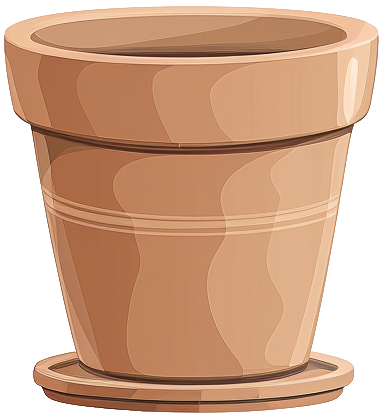
monstera deliciosa'sumi'
Care level
Medium
Variegation
Splashed pattern
This variety is characterized by its smaller, more compact size. Its leaves are relatively small with moderate cuts and holes, displaying a mix of dark green to yellow-green colors irregularly marked with white, yellowish-white, and orangish-white spots and flecks, and may sometimes show blister-like white patches.
Care & maintenance
Light
Bright light, usually located near windows but doesn't receive direct rays for more than an hour during the day.
Temperature
Warm (64.4°F - 80.6°F)
Fertilization frequency
Moderate
Monthly during the growing period.
Soil
Choose a Tropical plant mix: A rich, moisture-retentive blend with good aeration. Mimics the natural forest floor environment of tropical regions.
If you want to create your own substrate, you can make a mixture of the following soils:








Click on the soil name for more information.
Pot

Standard size
Prefer a pot with a classic width/depth ratio.
Incorrect or incomplete information?
In our goal of building the best plant database, we sometimes make mistakes or have incomplete information. You can help us fill these gaps!
Features
Size & growth
Small
Climbing
Moderate growth
This plant grows at a moderate rate. It can reach up to 12 inches in height or spread.
It grows upwards by attaching to supports or winding around them.
Toxicity
| Cat | |||
|---|---|---|---|
| Dog | |||
| Human |
Reproduction & propagation
Fruits & flowers
Non-flowering & not self-pollinating
The monstera sumi cannot produce flowers and therefore fruits.
This plant is not capable of self-pollination, it will not be able to produce fruits if it is not pollinated by another individual.
